Over the past several years, the climate change issue has transitioned from a general concern to a true crisis. As almost every scientist in the world can attest, the planet is dangerously close to being irreparably changed.
But while most people are worried about the air we breathe, the water we drink, and the extreme weather that will all undoubtedly be affected by the coming changes for the planet, few know our beloved chocolate may also become a distant memory.
The NOAA’s Announcement Regarding the Future of Chocolate
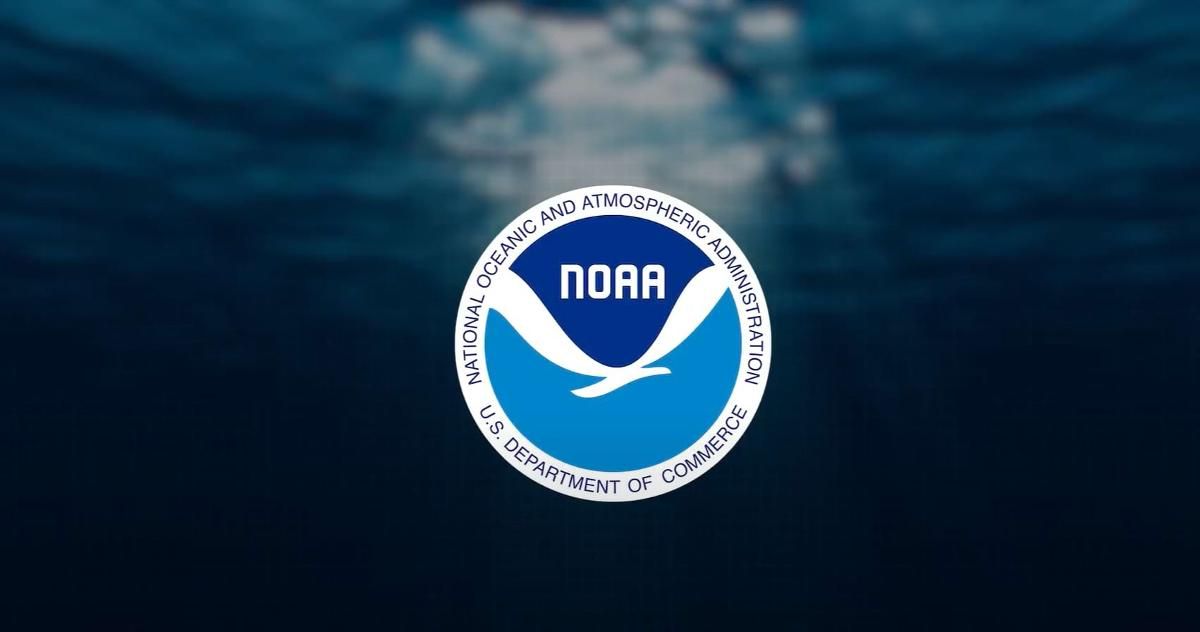
The National Oceanic and Atmospheric Administration (NOAA) announced their research shows that as the planet warms, cacao plants that create chocolate, when processed, will be all but gone in just a few decades.
According to a paper entitled “Climate Change 2014: Impacts, Adaptation, and Vulnerability,” the regions around the world that grow cacao will experience an “increase in temperature by 2050, and a marked reduction in suitable cultivation area.” This means they won’t be able to grow enough of the plant that makes the sweet treat as available as it is today.
Cacao Plants Can Only Grow in Certain Climates
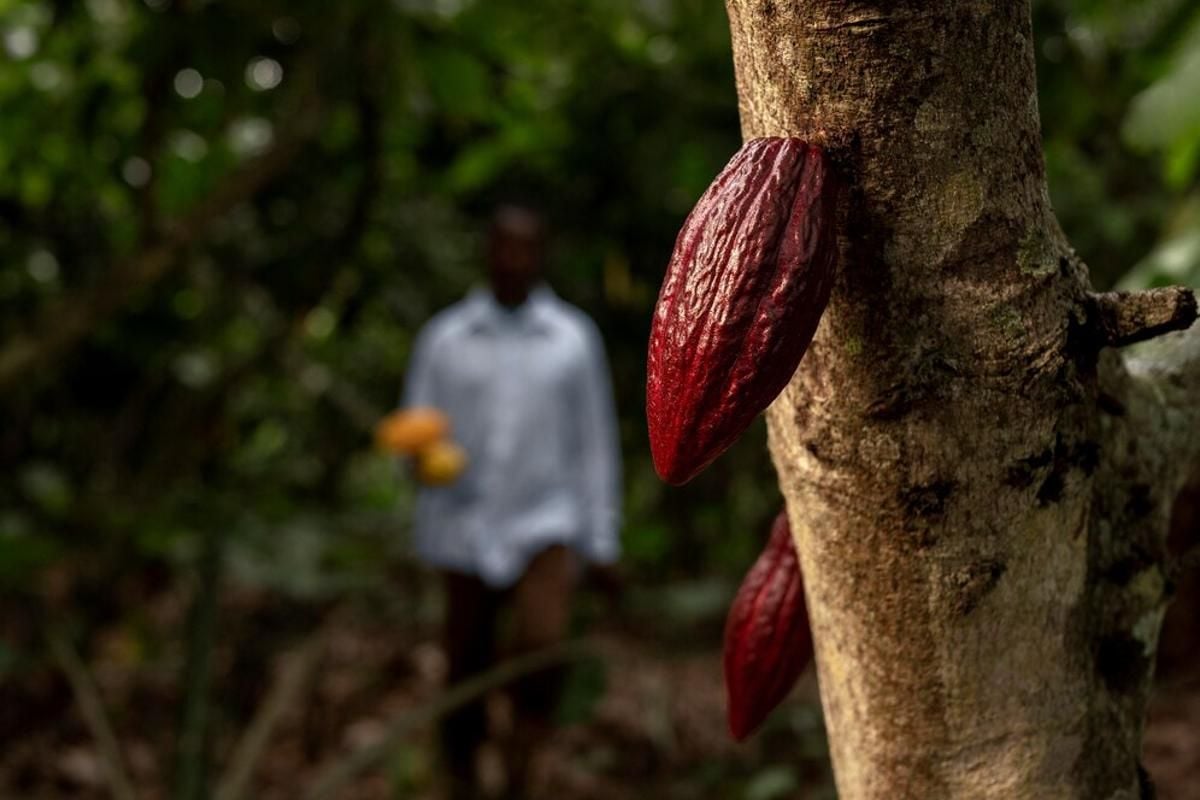
Cacao and, consequently, chocolate may be in short supply within just a few decades because of how and where the plant grows.
While chocolate is everywhere, there are actually only a few locations on the planet with the necessary climate to farm the plant it comes from.
The Perfect Climate for Cacao
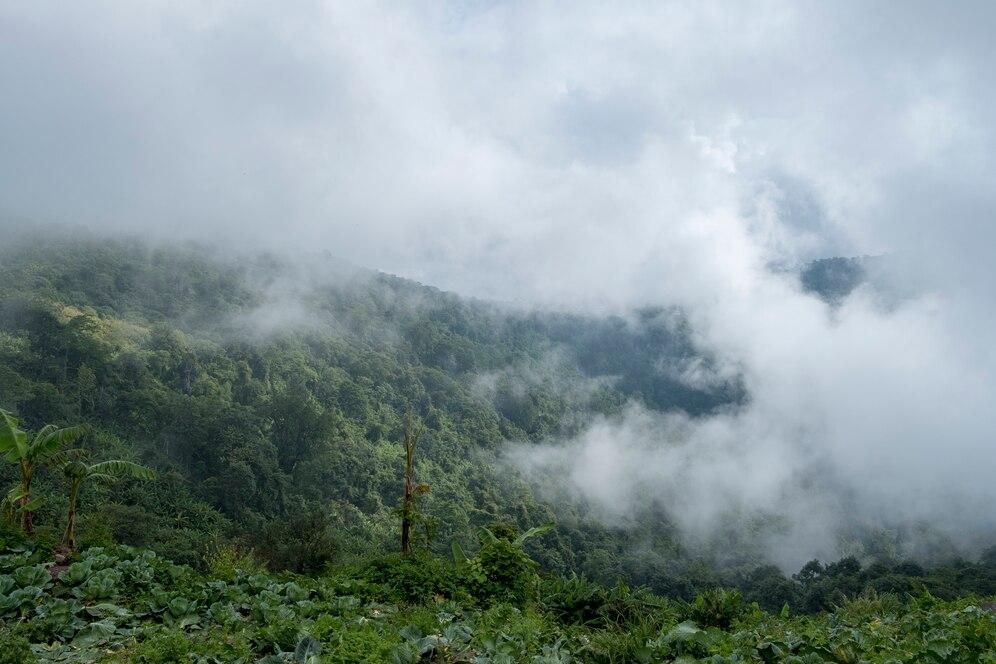
According to Climate.gov, cacao plants can only grow within 20° of the equator in hyper-specific conditions, including uniform temperatures, high humidity, abundant rain, rich soil, and consistent temperatures.
Essentially, the plants need a wet tropical rainforest to flourish, such as those found in Ghana, Indonesia, and the Ivory Coast in West Africa. And these areas are facing serious changes if the climate continues to deteriorate.
50% of the World’s Chocolate Supply Comes From Ghana and the Ivory Coast

According to a report conducted by the International Center for Tropical Agriculture (CIAT), more than 50% of all cacao grown comes from Ghana and the Ivory Coast.
The CIAT also noted that because these tropical forests will see about a 35.6ºF increase in temperature by the year 2050, they soon won’t be able to grow cacao as they do now.
Higher Temperatures and Less Rain Means No Chocolate
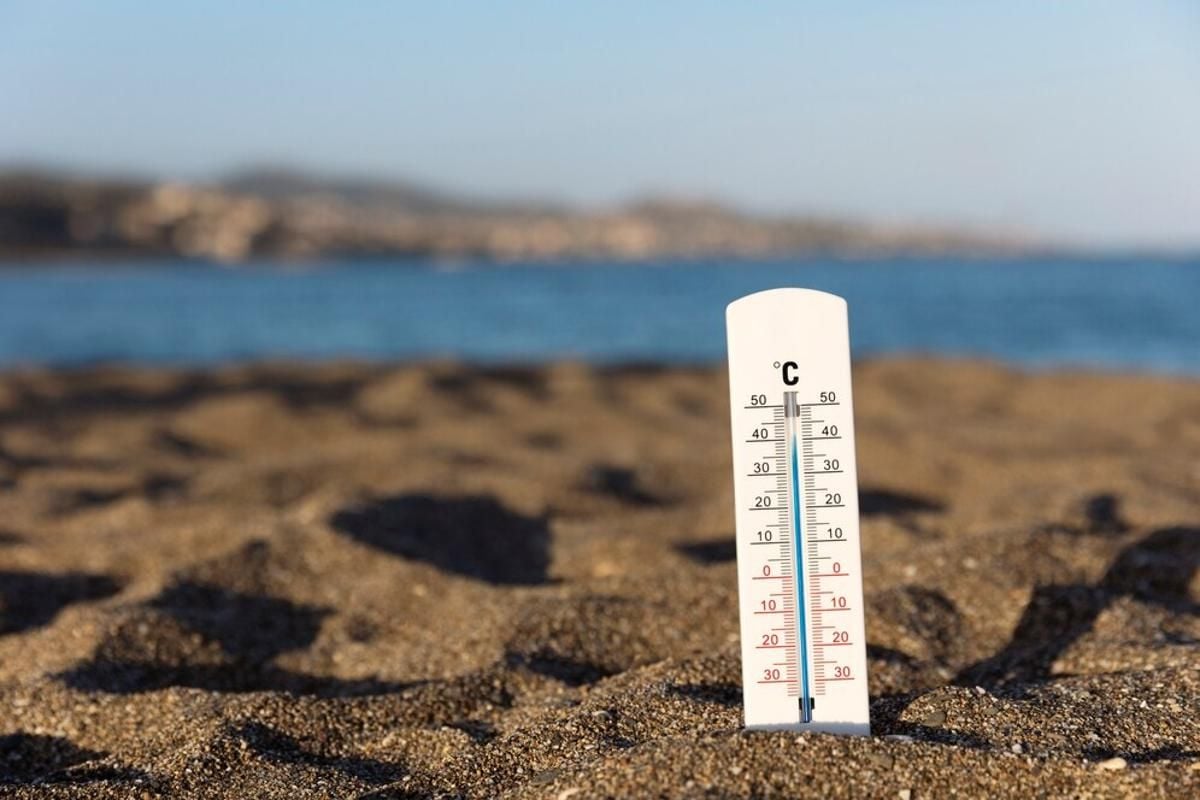
Rising temperatures are a real concern for people all around the world, but for cacao plants, even a slight increase could lead to a significantly smaller harvest.
But it’s not just higher temperatures that will affect the plants; cacao trees also need copious amounts of rain. As the climate changes, the lowlands where cacao now grows won’t see nearly as much rain as the plants will need in the extreme heat.
Moving Cacao Farms Up the Mountain
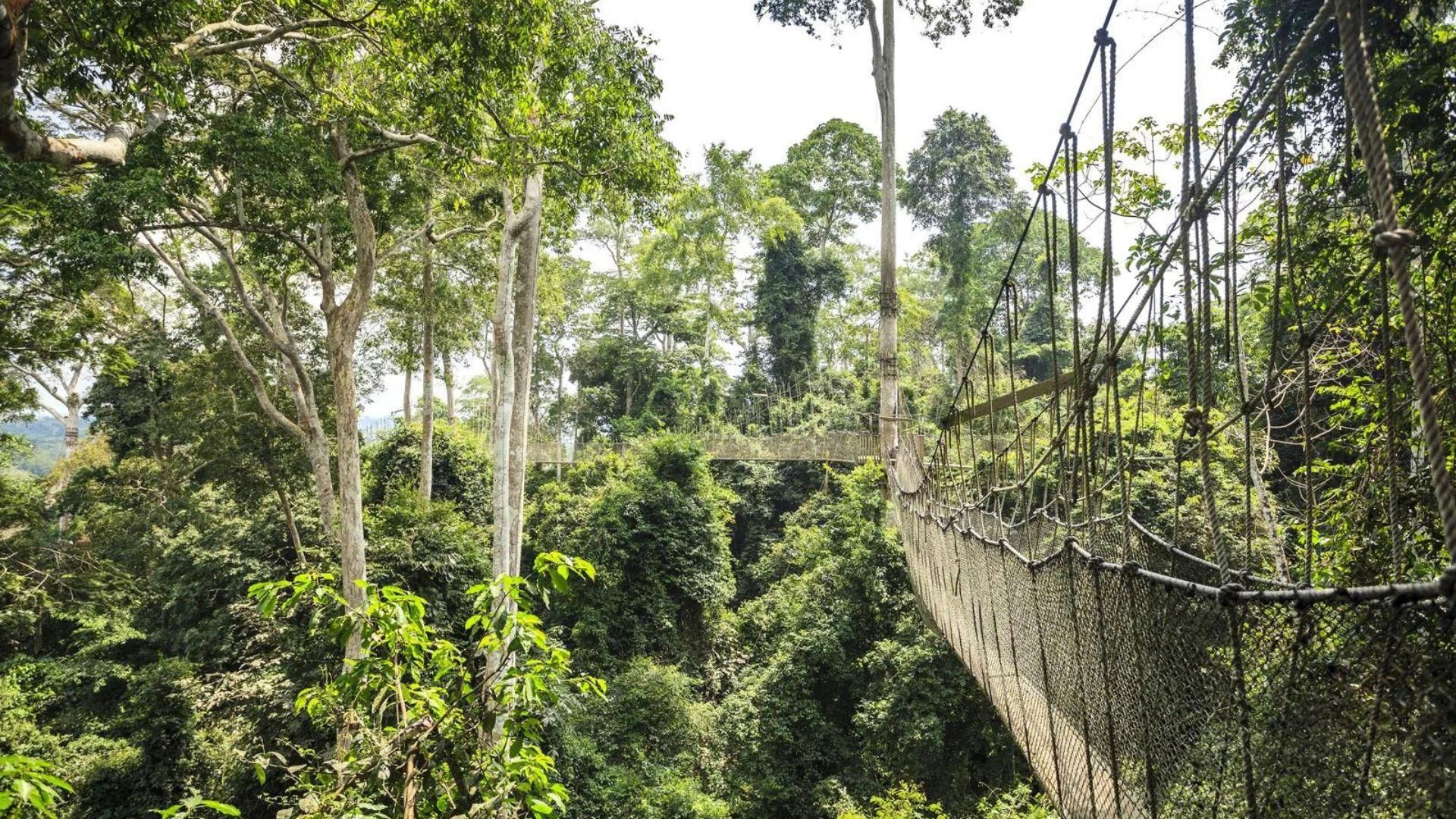
Another report released by the IPCC in 2014 explained that cacao farmers will need to adjust within the next couple of decades if they want to continue harvesting enough cacao to make a living.
Peter Läderach, the study’s author, wrote that cacao plants would have to be moved further up into the mountains sooner rather than later. However, his research was from 2011, and though he once said, “There is time for adaptation,” that time is quickly running out.
Can Anything Be Done to Save Chocolate From Extinction?
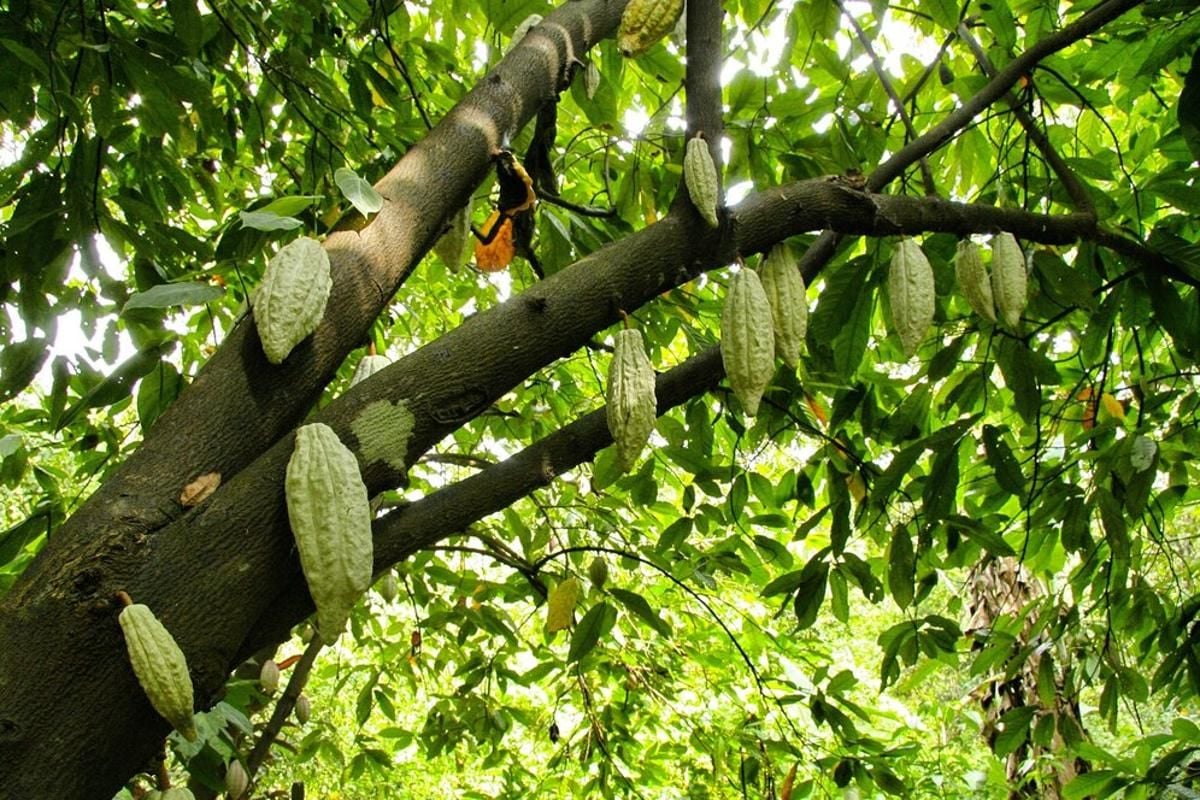
While moving the cacao plants up into the mountains is one idea, it’s not a guaranteed solution to the problem. If the weather continues to change at the same rate it is now, even harvests from higher elevations may start to dwindle.
Therefore, food scientists are trying to find ways to protect the cacao plant and its growth, even if humans can’t figure out how to solve the climate crisis. One idea is to specifically breed plants that need less rain.
Creating Drought-resistant Chocolate

Thanks to modern science, there are several ways to adjust the genetic makeup of a plant in order to give it certain characteristics or qualities and remove others. These plants are known as genetically modified organisms, or GMOs, and they are already extremely common.
In the case of the cacao plant, scientists can create a GMO version that needs far less water than the original plant, thus saving us from a world without chocolate.
Adjusting the Environment Is Also an Option
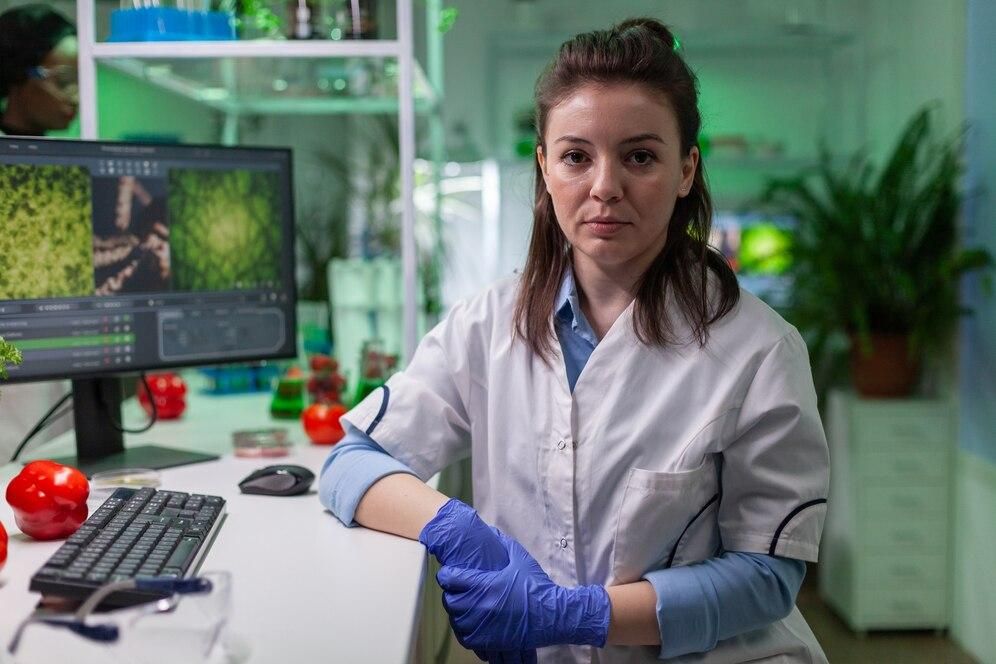
Some food scientists are also discussing how they could plant taller trees around the cacao plants to shade them from the increasing temperatures.
This tactic would also improve the soil on the farms and offer the cacao plants more water even with less rain, as the water in that soil wouldn’t evaporate as quickly with large trees blocking the sun.
Rationing Chocolate May Become Common Practice
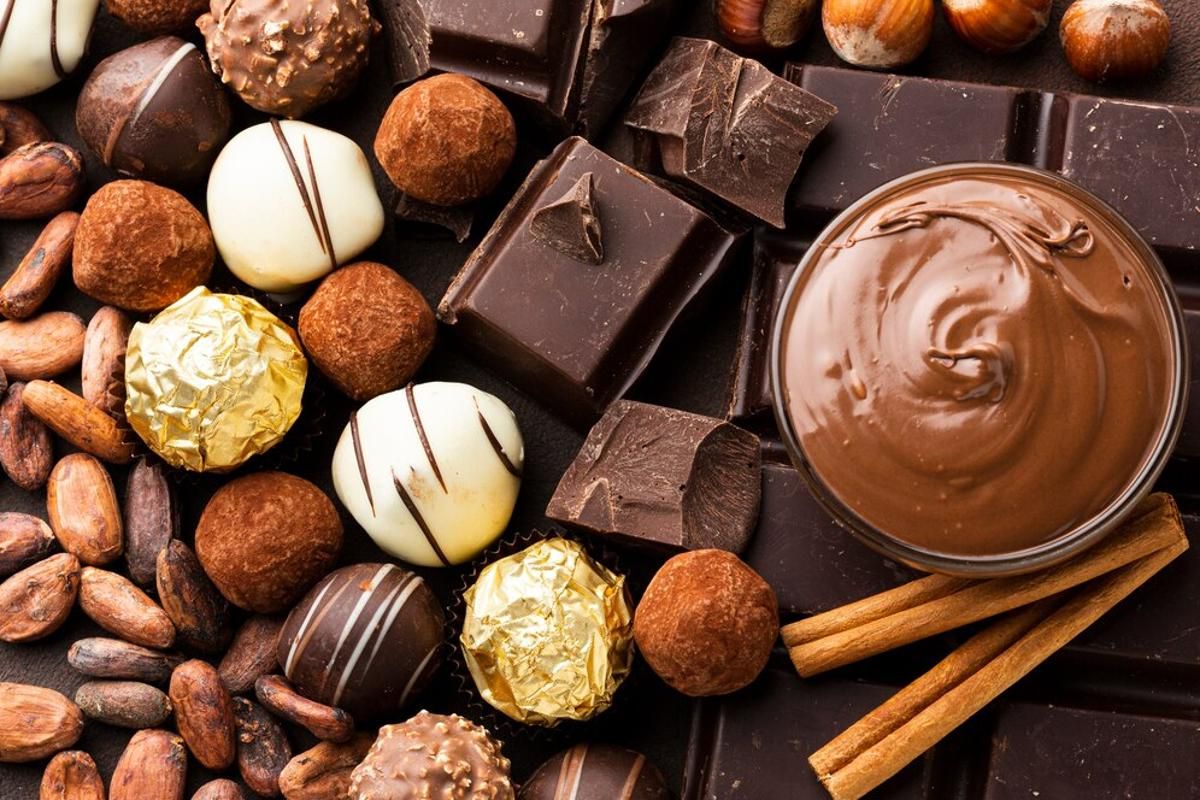
Depending on what happens to the climate over the next few years, cacao could become increasingly harder to come by and, therefore, more expensive.
Giant companies like Hershey’s, Mars Wrigley, Ferrero, and many others will likely have to start using chocolate substitutes if they want to continue offering a never-ending supply of the sweet treats at an affordable price point to their customers.
The Next Generation May Never Know How Delicious Chocolate Is

When it comes to the future of the climate, no one knows anything for sure. The changes will depend on what humans do or don’t do over the next several years.
However, if scientists aren’t able to genetically modify or replant the cacao farms in more suitable locations, the next generation may never know the irresistible pull of chocolate.








































